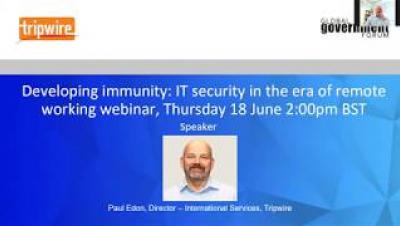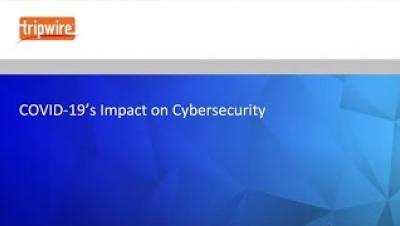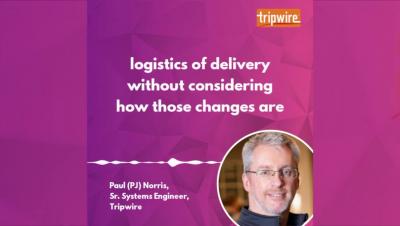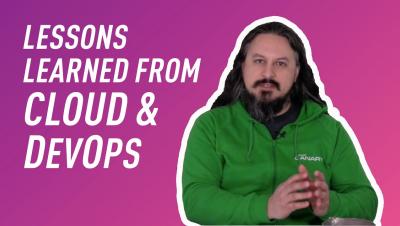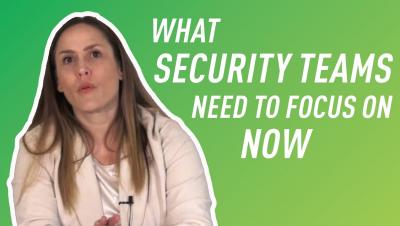The CSA IoT Security Controls Framework
The Internet of Things (IoT) is growing in technical, social, and economic significance. ENISA defines the increasingly complex IoT systems as “cyber-physical ecosystem[s] of interconnected sensors and actuators, which enables intelligent decision making.” These technologies collect, exchange and process data in order to dynamically adapt to a specific context, transforming businesses and the way we live.



